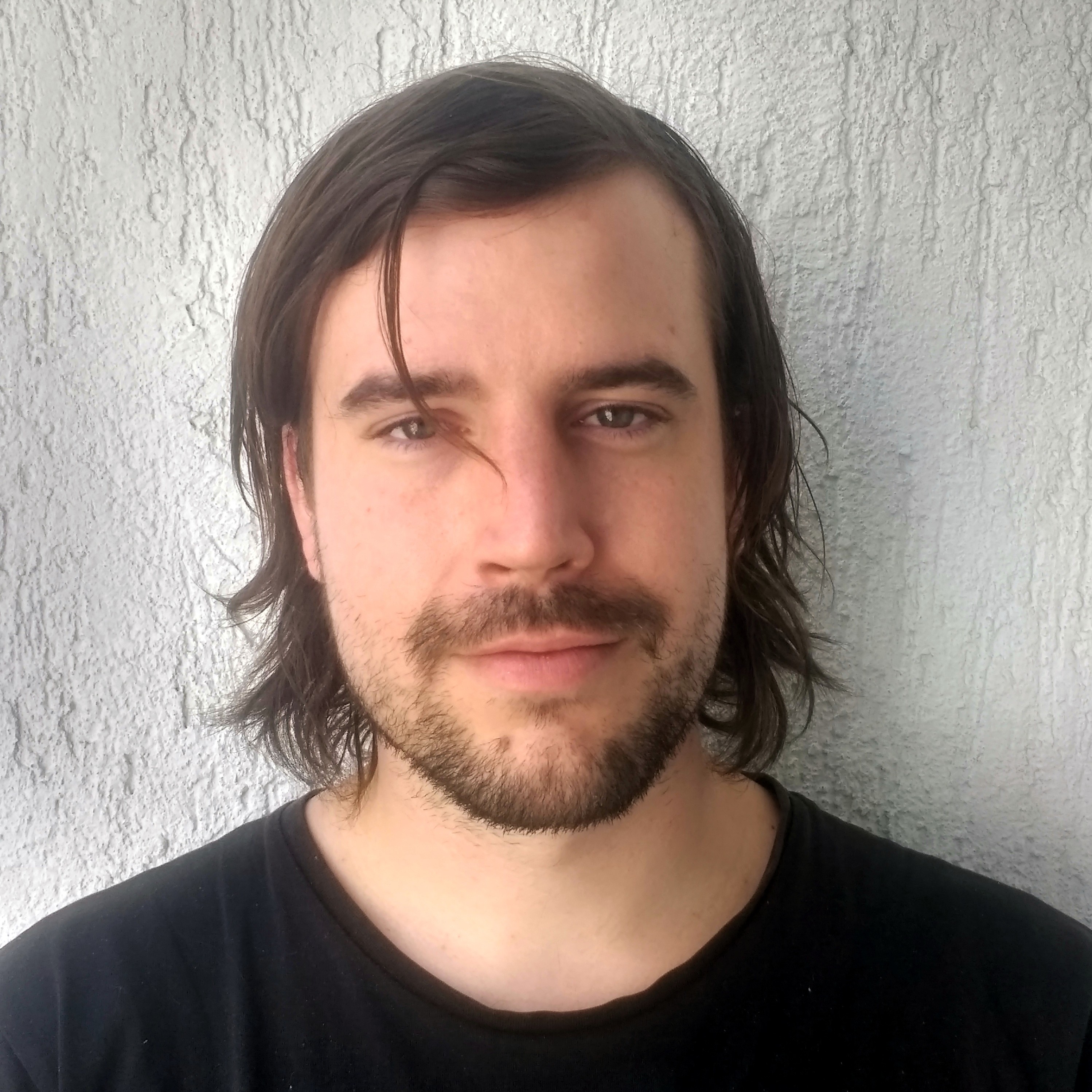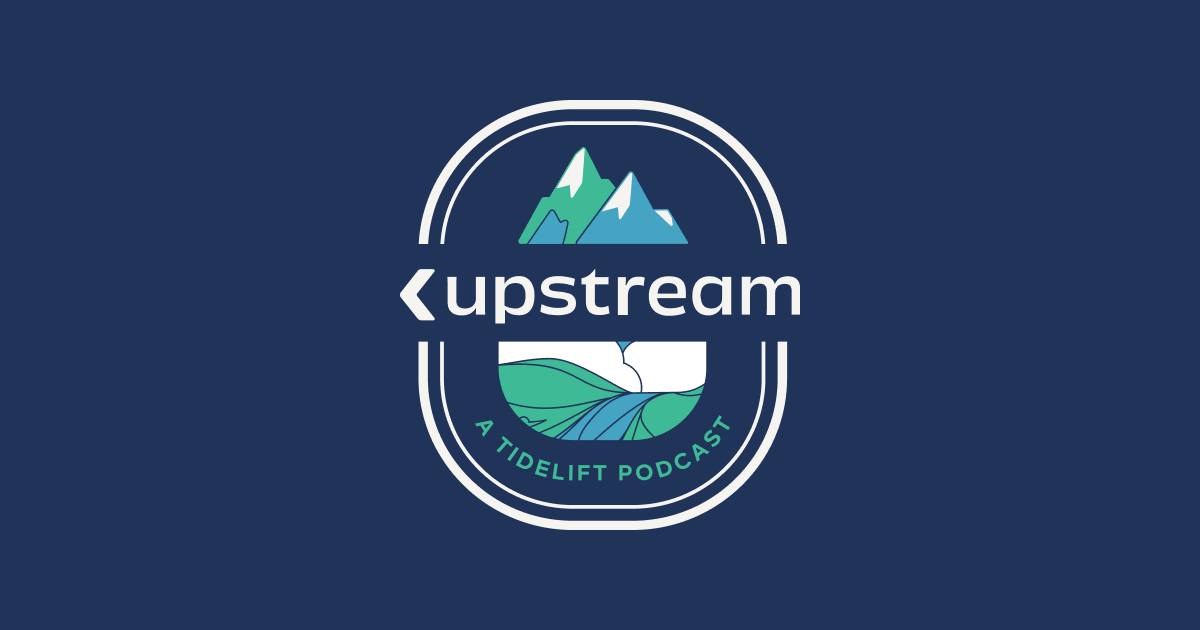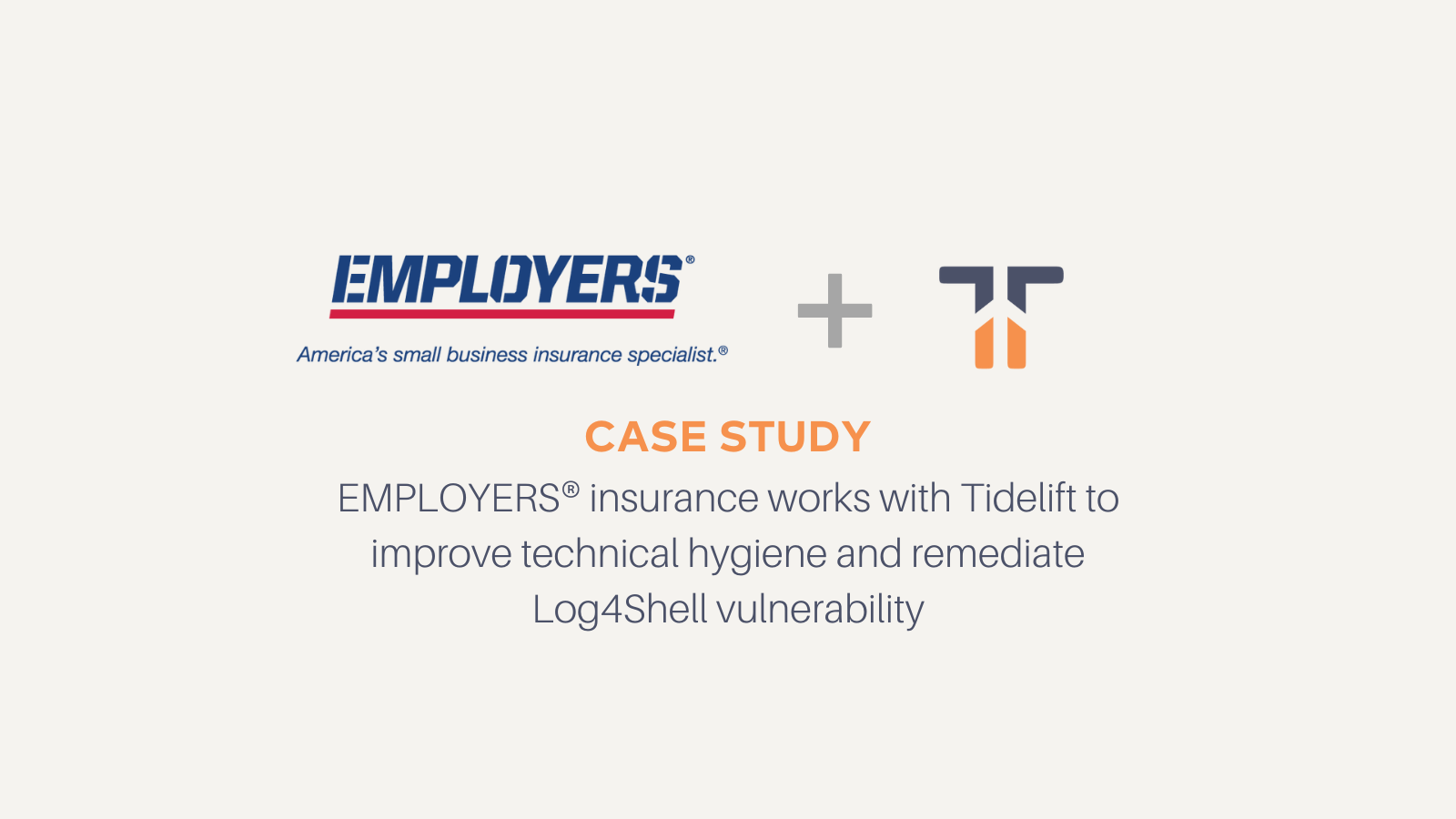
Taylor Fairbank
Director of Growth
Distribute Aid
Distribute Aid

My accidental supplychain: From OSS maintainer to humanitarian aid worker
Running a humanitarian aid supply-chain is a lot like running a popular open-source project:
- You help 100,000 people every month.
- Your users make unreasonable demands all the time.
- You still don’t get paid.
Just throw in a few twists:
- Those 100,000 people aren’t running your code, they’re running for their lives.
- Forget prod being down, 2am phone calls mean 10,000 more people just got displaced.
- The worse the world gets, the more your work is needed.
Who would sign up as a maintainer for that??? Hi, I'm Taylor. This is the story of how releasing an open-source humanitarian logistics tool in 2019 led to building the world's largest grassroots aid supply chain. And as it turns out, building a sustainable physical supply chain taught me a whole lot about how to build sustainable software supply chains. I'm excited to share my own journey, the lessons that I learned along the way, and how maintainers can apply them. I hope to leave you confident that you can get paid, stand up to bullies, help others, and stay inspired by the amazing impact that open-source projects create.
**CW:** This topic includes content regarding people on the move. There will be verbal descriptions of some of the supply-chain related issues they face, as well as pictures from refugee camp environments.
- You help 100,000 people every month.
- Your users make unreasonable demands all the time.
- You still don’t get paid.
Just throw in a few twists:
- Those 100,000 people aren’t running your code, they’re running for their lives.
- Forget prod being down, 2am phone calls mean 10,000 more people just got displaced.
- The worse the world gets, the more your work is needed.
Who would sign up as a maintainer for that??? Hi, I'm Taylor. This is the story of how releasing an open-source humanitarian logistics tool in 2019 led to building the world's largest grassroots aid supply chain. And as it turns out, building a sustainable physical supply chain taught me a whole lot about how to build sustainable software supply chains. I'm excited to share my own journey, the lessons that I learned along the way, and how maintainers can apply them. I hope to leave you confident that you can get paid, stand up to bullies, help others, and stay inspired by the amazing impact that open-source projects create.
**CW:** This topic includes content regarding people on the move. There will be verbal descriptions of some of the supply-chain related issues they face, as well as pictures from refugee camp environments.
Running a humanitarian aid supply-chain is a lot like running a popular open-source project: - You help 100,000 people every month.- Your users make unreasonable demands all the time. - You still...
.png)

